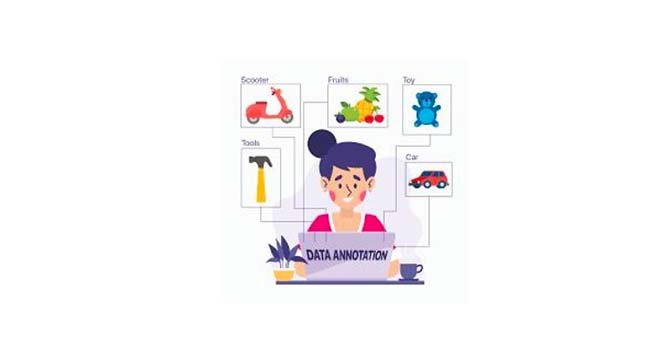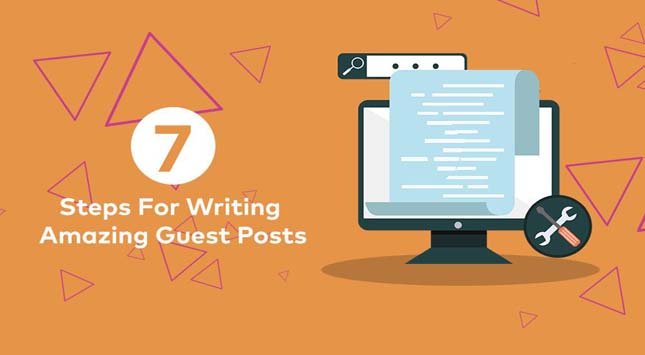Engineers are looking for an AI model for identifying objects in an accurate manner. The best way to do so is not by using the code for describing an object but by creating a deep machine learning or ML model.
It helps to recognize the object well. Engineers can sometimes use images where the objects are labeled and then feed the same into the AI model training.
The data labeling technique is used for making the objects understandable and further recognizable for the ML models. Learning the ML development procedures, including aerial drones, face recognition, autonomous driving, robotics applications, and more, is vital. For that, the Best Ai Data Labeling Companies are here to help you get a result for your objectives.
The Current Condition:
The labeling and data collection are divided into some visuals, like video and pictures, text data, and audio data. To understand the primary principle of ML technology, you have to think outside of the box and follow the modules mentioned below:
- Text: It is used for training systems like semantic comprehension. It remains equivalent to the way in which you teach a child.
- Audio: This is for training the audio recognition system. It is the same way to reach children to talk through some conversations.
- Visuals: It is used to train the image recognition system, which is equal to adults showing pictures for texts or using cartoons to make kids understand various objects.
Depending on the child’s current talent level and the times for cognitive enhancement, the child will learn things at that speed.
Learning the Strengths of the AI System:
There are two major things on which the AI system’s strength depends. One is the algorithm quality of the model, and another one is the quality and quantity of the training data. Most AI-centric firms use the same algorithms, and some are going for the same open-source project. So, the quality and amount of data used in the algorism training will play one major decisive role.
Besides visual recognition, there is also a huge demand for data labeling and collection in areas like text recognition and speech recognition. Here, you will find a large scene-based audio training like local dialects, outdoor noise marking, and so much more.
The New Solution in the Market:
Nowadays, you have an ML-based and human-powered data labeling tooling platform. It works hand in hand with workflow management in real-time. It further offers training data for the current ML industry.
The Level of Accuracy:
ML-assisted capacity will indeed reduce human errors drastically and automatically with pre-labeling. Real-time-based QC and QA will further get added into the labeling workflow as a consensus mechanism is well introduced to ensure proper accuracy.
It will help you assign the same task to multiple workers, and the correct answer will come back from most of them. All the work results will be properly screened and inspect by the entire human workforce for accurate results.
This way, the data labeling platform can affirm the data acceptance with the accuracy rate turning over 98%. Along with that, you can get personalized annotation services and tools as per the customer’s requirements.
High-End Flexibility
On the dashboard of the data labeling tool, the developers will set the labeling rules in a direct manner. They will check the ongoing procedures at the same time on pat per task module. It results in a clear price and time estimation.
Once the task flow gets settled down, the project will be reviewed within one business day. Any medium project with 10,000 image labeling will take 1 business day to evaluate and work with.
Easy Usability of The Tool
You will receive an easily integrated API with the data labeling platform, which enables the continuous feeding of premium quality data into the new application system. So, now you know why most people are associating their work with the data labeling tooling platform these days.
The Work of 3D Point-Based Cloud Annotation Service:
You will receive self-developed 3D point cloud labeling. It is one quality inspection tool consisting of pre-labeling functions. It can complete high-precision and quality 3D point cloud annotation for 3D images or 2D and 3D image fusion.
It comes from various equipment and manufacturers and will offer that one-station management service of QA, labeling, and QC. Some of the 3D point cloud labeling annotation types will be Sensor Fusion Cuboids, Sensor Fusion Segmentation, Sensor Fusion Cuboids Tracking, and more.
Make sure to learn more about the objectives before proceeding further and taking the proper action required for the same. Experts are here to guide you through the entire procedure and offer top-notch quality results from the first until the end.






